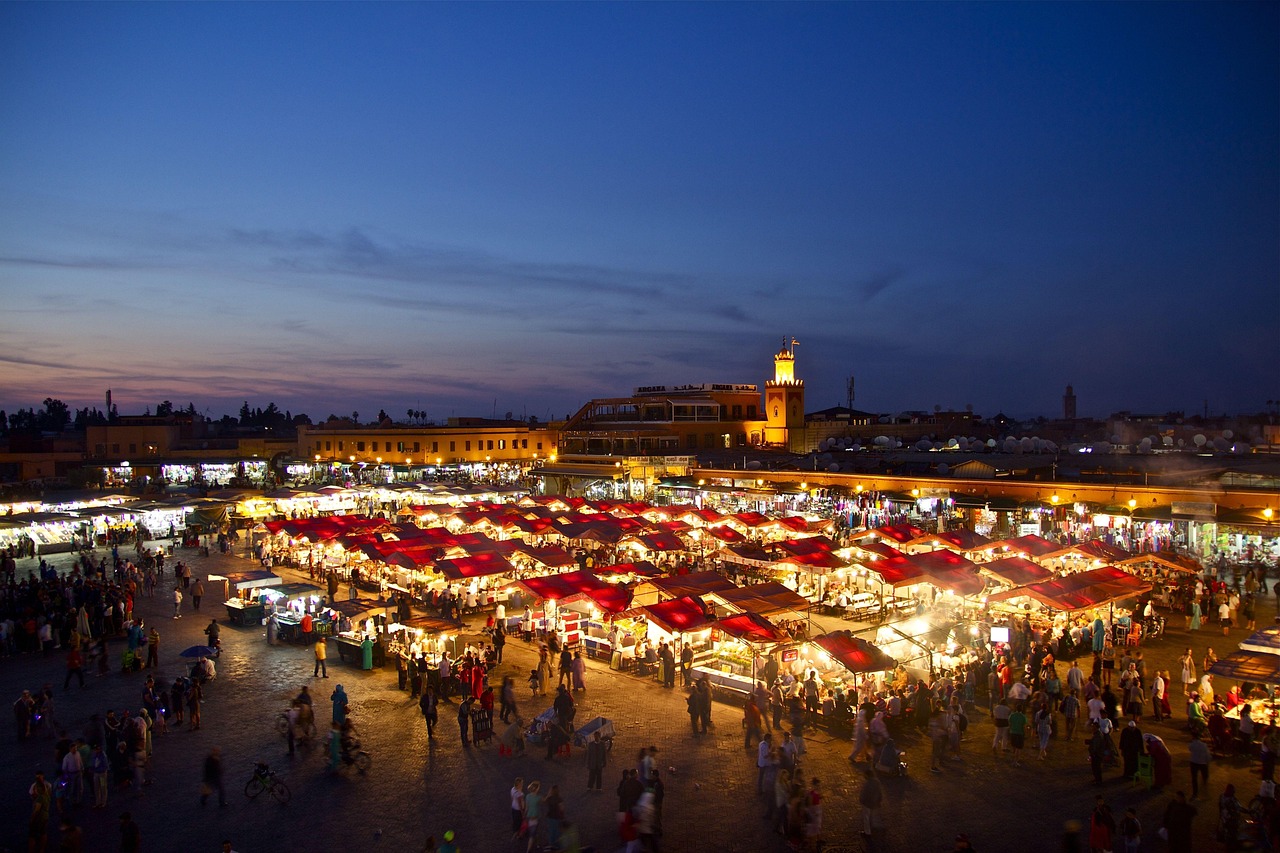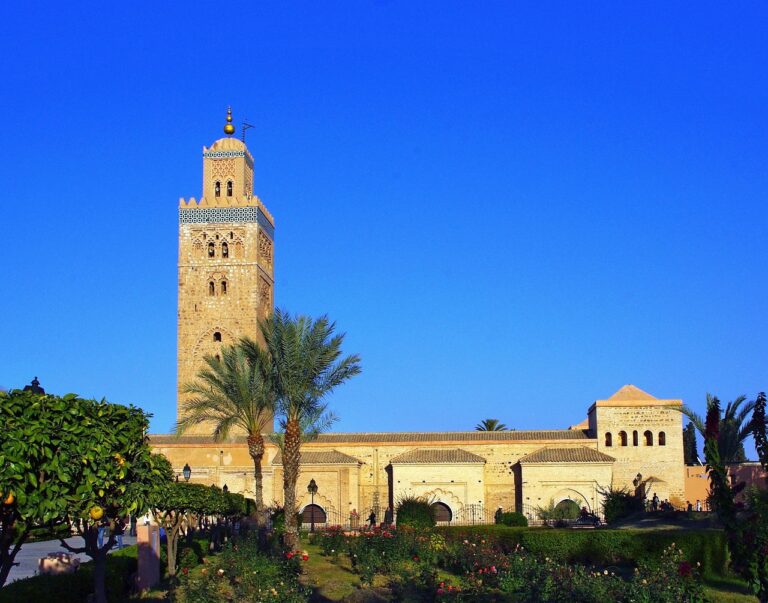Jamaa El Fna: 10 Essential For Beautiful Moments
Imagine a place where snake charmers play flutes at sunset, orange juice vendors shout over sizzling grills, storytellers gather crowds in Arabic and Berber, and the air smells like cumin, grilled lamb, and fresh mint tea.
This isn’t a movie set—it’s **Jamaa El Fna**, the beating heart of Marrakech and one of the most electric public squares on Earth.
Declared a UNESCO Intangible Cultural Heritage site, Jamaa El Fna isn’t just a tourist stop—it’s a living stage where Moroccan life unfolds every single hour.
In this guide, we’ll walk you through **10 unforgettable experiences** you absolutely can’t miss at Jamaa El Fna—plus tips to enjoy it safely, deliciously, and like a local.
Why Jamaa El Fna Is Morocco’s Crown Jewel
Jamaa El Fna (sometimes spelled **Jemaa el-Fnaa** or **Djemaâ El Fna**) has been the soul of Marrakech since the 11th century. By day, it’s a market of fresh orange juice, henna artists, and spice stalls. By night, it transforms into an open-air food festival with dozens of steaming food carts.
It’s chaotic, colorful, and completely alive—making it the #1 highlight for most visitors to Morocco.
And the best part? **It’s free to explore!** You only pay for what you eat, drink, or buy.
1. Sip Fresh-Squeezed Orange Juice
Start your visit with a tall glass of **fresh orange juice** from one of the many stalls lining the square. Oranges are local, sweet, and dirt-cheap (about 3–5 MAD, or $0.30–$0.50).
*Pro tip:* Watch them squeeze it right in front of you—no preservatives, just sunshine in a cup!
2. Watch Traditional Performers
As evening falls, the square fills with **Gnawa musicians**, belly dancers, acrobats, and monkey handlers. These performers have been part of Jamaa El Fna’s culture for generations.
*Note:* Tipping is expected if you take photos or watch for more than a minute or two.
3. Eat at the Night Food Stalls
After sunset, over **100 food carts** light up the square, each serving Moroccan classics:
– **Harira** (hearty lentil soup)
– **Mechoui** (slow-roasted lamb)
– **Kefta tagine** (spiced meatballs in tomato sauce)
– **Grilled liver** (a local favorite!)
*Pro tip:* Look for stalls with long lines of locals—they’re usually the cleanest and tastiest. Stall #14 and #32 are fan favorites!
4. Climb a Rooftop Café for the Best View
To truly appreciate the chaos and charm, head upstairs! Cafés like **Café de France**, **Café Glacier**, or **Kechmara** offer panoramic views of the square with a mint tea in hand.
*Bonus:* Sunset from a rooftop is pure magic—golden light, rising smoke from grills, and the call to prayer echoing in the distance.
5. Get a Henna Tattoo (Safely!)
Many women offer **natural henna tattoos** near the north side of the square. The designs are beautiful and last 1–2 weeks.
*Warning:* Avoid black henna—it contains harmful chemicals. Real henna is brown paste and stains orange-brown.
6. Shop for Souvenirs (But Haggle!)
Leather bags, lanterns, spices, and scarves line the edges of Jamaa El Fna. It’s the perfect place to pick up gifts—but **always negotiate**! Start by offering 30–40% of the asking price and meet in the middle.
*Phrase to know:* “Bismillah, shwiya n9es!” (“In God’s name, a little less, please!”)
7. Listen to a Storyteller
Though fewer in number today, **traditional storytellers** still gather small crowds, sharing folktales in Arabic or Tashelhit (a Berber language). Even if you don’t understand the words, their gestures and voices are mesmerizing.
8. Try Snail Soup (If You’re Brave!)
Yes, really! **Babbouche** is a slow-cooked snail soup flavored with mint, anise, and spices. Vendors simmer giant pots right on the sidewalk. Locals swear it’s good for digestion—and courage!
*Tip:* Only try it from busy stalls with high turnover.
9. Visit Early Morning for a Quiet Moment
Most tourists come at night—but **sunrise at Jamaa El Fna** is peaceful and powerful. You’ll see bread vendors setting up, men praying at the nearby mosque, and the square slowly waking up.
It’s the same place—but a totally different mood.
10. Learn the History at the Marrakech Museum
Just a 5-minute walk from the square, the **Marrakech Museum** (in the Dar Menebhi Palace) explains the cultural importance of Jamaa El Fna through photos, artifacts, and videos.
Great for context before or after your visit!
How to Visit Jamaa El Fna Like a Pro
– **Best time to go:** Evening (6 PM–10 PM) for full energy; early morning for calm
– **Safety:** Keep your bag zipped—pickpockets target crowded areas
– **Dress code:** Modest clothing shows respect (shoulders/knees covered)
– **Cash:** Bring small bills (10–50 MAD notes) for tips, juice, and snacks
Final Thoughts: Let Jamaa El Fna Surprise You
Jamaa El Fna isn’t just a place—it’s an experience that awakens all your senses. One minute you’re dodging a water seller in a red tassel hat, the next you’re sharing bread with strangers over a tagine under string lights.
That’s the magic of this legendary square.
So don’t just pass through—**pause, explore, taste, and listen**. Because in Jamaa El Fna, every moment tells a story.
**Your Moroccan adventure begins right here, in the heart of the square.**
FAQs About Jamaa El Fna
**Q: Is Jamaa El Fna safe at night?**
A: Yes! It’s very well-patrolled and filled with tourists and locals. Just stay aware of your belongings.
**Q: Can I take photos of performers?**
A: Yes, but always ask first (a smile and pointing usually works). Be ready to tip 5–10 MAD per photo.
**Q: Are the food stalls clean?**
A: Most are! Choose busy stalls with high turnover. Hot, freshly cooked food is safest.
**Q: How do I pronounce “Jamaa El Fna”?**
A: “Jah-MAH el F-NAH” (with a soft “j” like “jam,” and “fna” rhyming with “banana”).
**Q: Is it open every day?**
A: Yes! Jamaa El Fna never closes—it just changes rhythm with the sun.
**Q: Can I bring kids?**
A: Absolutely! Kids love the juice, music, and energy. Just hold their hand in crowds.



